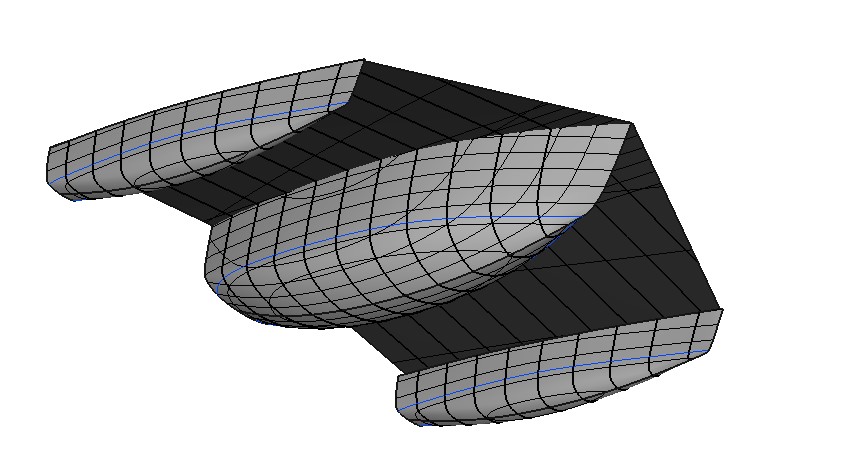Environmental Monitoring

Our lab has embarked on long term monitoring of a variety of carbonate chemistry parameters that are integral to coastal acidification. We concentrate our greatest efforts on tracking the partial pressure of carbon dioxide in water (pCO2) over temporal and spatial scales that are ecologically relevant. We make pCO2 measurements at 1-min intervals in several locations in Chesapeake Bay as well as across a variety of the Tennenbaum Marine Observatory Network core sites (Chesapeake Bay (MD), Indian River Lagoon (FL), and Bocas del Toro (Panama)). We match pCO2 measurements with water samples that are analyzed for Total Alkalinity, or the buffering capacity of the water, a chemical feature that describes how a water body resists change in pH when pCO2 is added or removed from the system. These two parameters can be combined to precisely calculate pH and other chemical parameters of ocean acidification.

Our monitoring efforts highlight the importance of biological activity (e.g., photosynthesis and ecosystem respiration), tidally driven land-sea exchange, and day-night cycles to changes in pCO2 and pH in nearshore systems. What emerges from these observations is that acidification in nearshore oceans and estuarine settings appears to be quite different than what occurs in the open ocean. While the carbonate chemistry is the same across environmental settings, the environmental drivers of this chemistry differ a great deal.

In addition to station-based measurements, we also take mobile measurements by placing our instrumentation on small boats. Mobile measurement enable us to detect crucial environmental gradients that may be of importance for understanding the ecological effects of elevated pCO2. We are currently collaborating on a project with Ocean Research Project to collect pCO2 and Total Alkalinity measurements in coastal waters and fjord environments of western Greenland. In collaboration with the US Naval Academy, we will be using a small autonomous electric boat, SMART-E (Smithsonian Marine Autonomous Research Trimaran—Electric) for making underway carbonate chemistry measurements.



